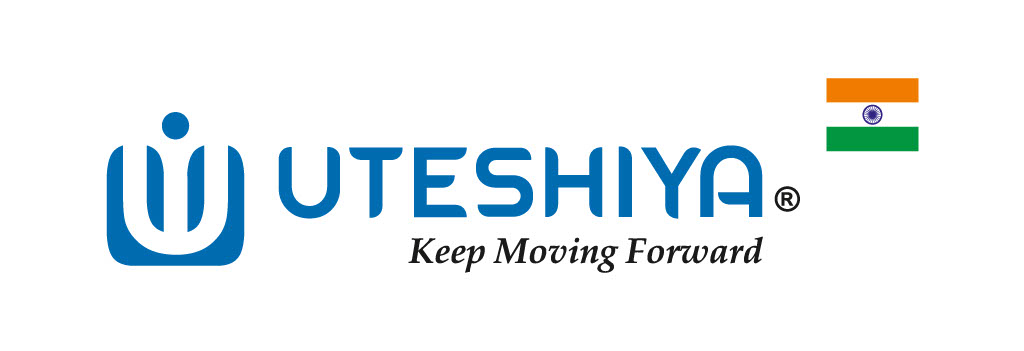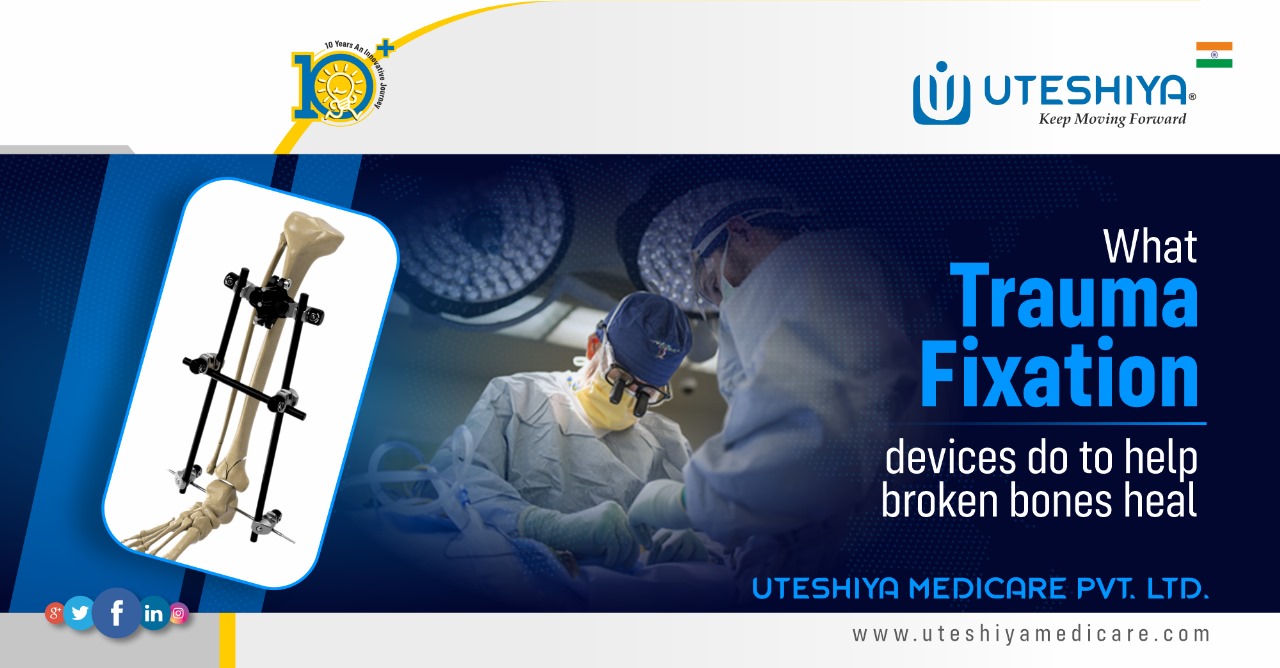The body doesn’t just need time to heal after a bone breaks; it commonly requires a combination of science, hardware, and medical skill. With trauma fixation devices, the unsung heroes of orthopedic care help millions of people worldwide regain their strength, mobility, and freedom after serious injuries.
The need for these devices has been rising consistently over the last decade because of factors such as an older population that is more susceptible to fractures, injuries sustained in sports and traffic accidents, and other comparable events. However, there is also an international market that changes quickly because of technology, the growth of healthcare, and new business strategies.
We will discuss how this field is changing and why the future of trauma fixation looks better and more complex than ever.
How Do Trauma Fixation Devices Work?
Trauma stabilization devices are special implants and tools to stabilize broken bones and help them heal properly. There are many types of these systems, such as internal fixators (like plates, screws, and intramedullary nails) and external fixators, which are used for broken bones which are intricate or open.
The most common way is internal fixation, which involves surgically implanted devices to hold bones in place from the inside. On the other hand, external fixation uses pins and rods outside the body to hold bone fragments together. This is especially useful when internal implants are not an option because they could cause infections or damage soft tissues.
Why Trauma Fixation Devices Are in High Demand?
The wound fixation devices market is expanding. Estimates of the market size vary a little from source to source, but they all point to a strong upward trend.
IMARC Group, for example, thinks the international market will grow at a CAGR of about 5.7% and hit about $15.1 billion by 2032, up from $9.1 billion in 2023. According to Market Research Future, the growth will continue; by 2032, the numbers will have gone over $12 billion. Although Allied Market Research, Global Insight Services, and others confirm these numbers with slightly different growth paths, they all support the same concept that trauma fixation is a highly successful field.
As a result of better healthcare access in developing markets, more people are being injured in accidents and are accepting that surgery can help with orthopedic problems.
Why the Increase?
1. More Accidents and Injuries
Millions of people break bones every year in car accidents, sports injuries, accidents at work, and falls. Injury rates from traffic are going up, especially in developing countries. This makes trauma care highly valuable.
2. More Older Adults, More Bone Injuries
Fractures from osteoporosis or falls are more likely to happen to older people. As people live longer, more orthopedic treatments are needed to fix problems caused by getting older. This is particularly relevant in Europe and North America.
3. Improvements in technology
More innovative materials, better surgery tools, and implants made with great care are changing the market. Modern trauma fixation systems use bioabsorbable materials, 3D-printed implants, and minimally invasive application methods. This makes healing faster and reduces the risk of complications.
How Internal Devices Help Bones Heal
Internal fixation methods are the most common type of device. Most surgeries use plates, screws, and rods, which help keep bones in place and speed up the fixing process.
People who have broken their hip, femur, tibia, or upper limbs often use these devices. One big benefit is that they can help patients feel less pain and move again quickly after surgery, which is an important part of recovering from surgery.
New developments in material science, like bioabsorbable polymers and titanium metals, are also making internal fixation safer and easier for patients to handle. People are increasingly interested in titanium because it is strong, light, and compatible with body tissues.
When External Devices Make the Difference
External fixators are still highly relevant for treating complicated fractures, especially those with open wounds, infected bones, or multiple injuries. These devices use external rods linked to internal pins to stabilize bones. They let doctors change the alignment after surgery and give them options when internal fixation isn’t possible.
In recent years, external fixation systems have also been updated to make them smaller, more comfortable for patients, and easier to change.
Where Trauma Fixation Is Growing Fastest?
North America currently has the largest part of the trauma fixation devices market. This is because of its strong healthcare system, wide insurance coverage, and high rate of surgical adoption. When it comes to using new implant methods and minimally invasive trauma surgeries, the U.S. is a leader.
Europe follows, with countries like Germany, France, and the UK having many older people and improved trauma care networks.
Asia-Pacific, on the other hand, is seeing the most exciting rise. Healthcare infrastructure, trauma centers, and surgical training are receiving substantial investments from countries such as South Korea, India, and China. When people have more money to spend and more insurance, they can get better health care. From now until 2032, this sector is expected to have the best CAGR of all markets.
What’s Holding the Market Back?
The trauma fixation devices business continues to expand quickly, but faces several problems.
High Costs: Advanced implants and surgeries are still very pricey, making them more challenging for people with low incomes to access.
Complications and Revisions: Infections, failed implants, or wrong placements can lead to expensive revision treatments.
Regulatory Barriers: In many places, getting permission for new materials or technologies is still slow, which delays their use in reality.
To solve these problems and make sure that more people can get high-quality trauma care, medtech businesses, surgeons, and policymakers will need to work together.
Who’s Driving Innovation in Trauma Care?
DePuy Synthes (Johnson & Johnson), Stryker Corporation, Zimmer Biomet, Smith & Nephew, B. Braun Melsungen, Uteshiya Medicare, Orthofix Medical, and Medtronic are some of the big names in the trauma fixation business.
These businesses stay ahead by making smart acquisitions, releasing new products, and investing in research and development to find better materials and less invasive systems.
What Will Happen Next in Bone Repair?
The trauma fixation market is predicted to change in several ways in the upcoming years.
MIS stands for minimally invasive surgery. Surgeons want devices that let them fix fractures with fewer cuts and faster healing times.
Adding sensors and digital tracking to implants might let surgeons see how they improve over time and reduce issues.
As healthcare systems focus on faster recovery and better results, trauma fixation devices are going to become more and more important. They will not only be used to treat fractures, but they will also change the way trauma care is performed overall.
Wrapping It Up
Trauma fixation is one of the most important areas of medicine, but it doesn’t get much attention. People who have been injured and had their daily lives turned upside down are getting better with each screw, plate, and bar that is put in.
The probable future of trauma fixation devices is not just safe; it’s also dynamic, personalized, and ready to change a lot of lives. The market continues to expand, there are revolutionary innovations, and demand is growing everywhere.

